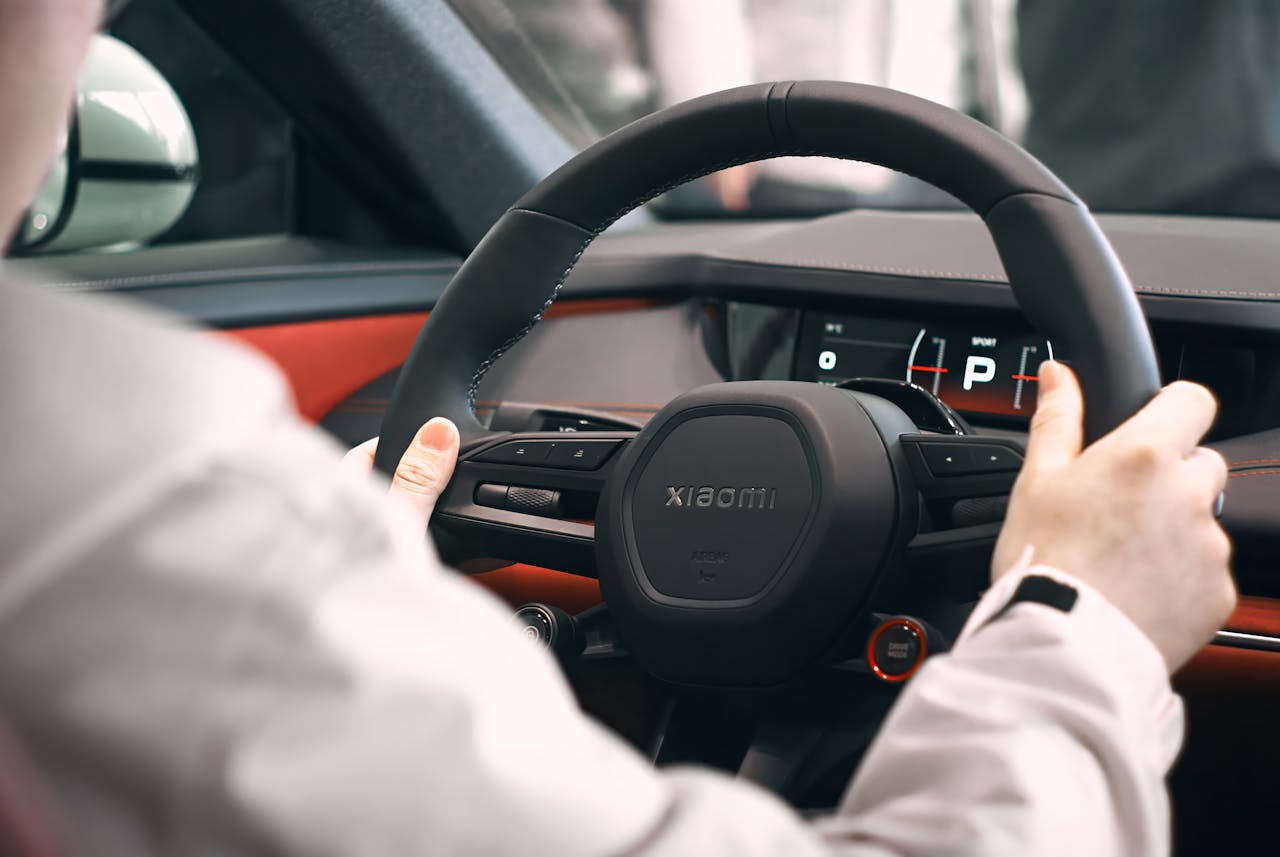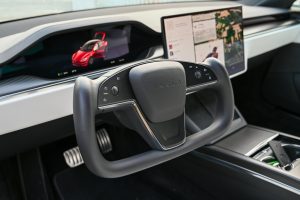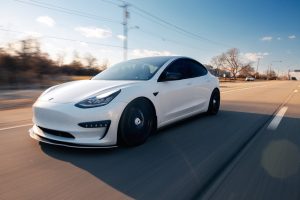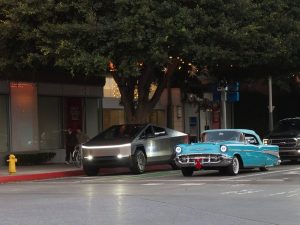1. Why Should We Care About Chinese EV Brands 2025?
As of 2025, China is not only the world’s largest auto market but also the global leader in electric vehicle (EV) production and exports. According to the International Energy Agency (IEA), over 60% of global EV production in 2024 came from China.
This isn’t just about numbers—it’s about influence. When Chinese EV brands start appearing in American or European markets, it’s not just about low prices. Behind it is a complete industrial chain, autonomous driving technology, battery innovation, and even a reshaping of consumer perception.
2. Overview of Mainstream Chinese EV Brands
Below is a breakdown of the major Chinese EV players and their respective strengths, allowing you to quickly grasp who’s who.
| Brand | Founding Year | Core Strengths | Overseas Status (as of 2025) |
|---|---|---|---|
| BYD | 1995 | Battery tech, complete vertical integration | Sold over 3 million units globally in 2024 |
| NIO | 2014 | Battery swapping, premium design | In EU, expected U.S. entry in 2025 |
| XPeng | 2015 | Autonomous driving, intelligent cockpit | Testing in Germany and Southeast Asia |
| Li Auto | 2015 | Extended-range EVs, family-oriented design | Marketed in Middle East and EU |
| Zeekr | 2021 (Geely) | High performance, youth branding | Entered European market |
| Leapmotor | 2015 | Cost-effective intelligent EVs | Announced Renault partnership in 2024 |
| AITO (Huawei) | 2021 | Huawei tech stack, HarmonyOS system | Partnered with Seres, limited exports |
| Xiaomi EV | 2024 | Ecosystem integration, smart tech | SU7 preorders reached 100k+ within a month |
3. What Makes Chinese EVs Different?
- Vertical Integration: BYD builds its own batteries, motors, and chips, which reduces costs and improves efficiency.
- Intelligence as Standard: Whether it’s XPeng’s XNGP or Huawei’s ADS 2.0, Chinese EVs are often fully loaded with ADAS and infotainment systems.
- Fast Innovation Cycles: New models are released every 6–12 months, driven by fierce domestic competition.
- Customization & Localization: For overseas markets, brands like NIO and Zeekr are customizing vehicle configurations based on regional tastes.
- Affordable Tech: Premium features such as HUD, lidar, and Level 2+ autonomy are common in mid-range models under $35,000.
4. Which Brands Are Entering the U.S. Market?
Currently, direct entry by Chinese EV brands into the U.S. faces significant political and trade barriers. However, several brands are preparing indirectly or via partnerships:
- BYD: Focused on commercial vehicles in the U.S. but has applied for passenger EV patents.
- NIO: May launch its battery swap network model in the U.S. under a new brand.
- Xiaomi: Too early, but the SU7’s buzz has sparked American tech community interest.
At the same time, Chinese EV tech is entering the U.S. through partnerships or OEM channels—many American or European EVs quietly use Chinese-made batteries or components.
5. Common Misconceptions about Chinese EVs
- Cheap = Low Quality?
Not anymore. Brands like Zeekr and NIO offer build quality and performance that rival Tesla and BMW. - No Safety Assurance?
Many Chinese EVs now meet EU and Australian NCAP standards. NIO ET7 scored 5 stars in Euro NCAP crash tests. - Just Copycats?
Chinese EV brands have moved beyond imitation and are driving global innovation, especially in battery tech and vehicle OS.
6. Outlook for Chinese EV Brands in 2025 and Beyond
- Global Market Share Expansion: By 2025, Chinese EV brands are expected to hold over 30% of global EV market share.
- Tech Export vs. Brand Export: Even if Chinese EVs don’t wear a Chinese badge abroad, their core technology (e.g. CATL batteries, Huawei chips) is increasingly embedded in global models.
- U.S. Entry = When, Not If: Geopolitics may delay direct sales, but industry insiders believe by 2026–27, Chinese EVs will appear in U.S. showrooms under localized or joint venture models.
7. Frequently Asked Questions
Are Chinese EV brands available in the U.S. in 2025?
Not yet directly. Due to trade restrictions and political sensitivities, most Chinese EV brands have not officially launched in the U.S. However, Chinese technology—such as batteries from CATL and infotainment systems from Huawei—is already embedded in many global EVs. Brands like NIO and BYD are exploring indirect entry or strategic partnerships.
Is BYD a better EV than Tesla?
It depends on what you’re looking for. BYD excels in cost efficiency, battery technology (e.g., its Blade Battery), and vertical integration. Tesla, on the other hand, leads in charging infrastructure and autonomous driving software. In 2024, BYD surpassed Tesla in global EV deliveries, making it a serious competitor.
What makes NIO’s battery swap tech different?
Unlike traditional EVs that require charging, NIO allows drivers to “swap” a depleted battery for a fully charged one in under five minutes at specialized stations. This model reduces downtime and can extend the life cycle of battery ownership.
How does Xiaomi’s SU7 compare to other EVs?
Xiaomi SU7 is positioned as a smart-tech-centric EV, focusing on seamless integration with Xiaomi’s ecosystem. While it’s new to the market (launched in 2024), its preorder volumes exceeded 100,000 within a month in China, drawing global attention due to its price-to-feature ratio.
Are Chinese EVs safe to drive?
Yes, many Chinese EVs meet or exceed international safety standards. For example, the NIO ET7 received a 5-star rating from Euro NCAP. Safety has become a major selling point for brands planning global expansion.
Conclusion: Why This Matters to You
Whether you’re an EV buyer, investor, or tech enthusiast, understanding Chinese EV brands is no longer optional. They’re shaping the future of global mobility—not just in China, but potentially in your driveway soon.



